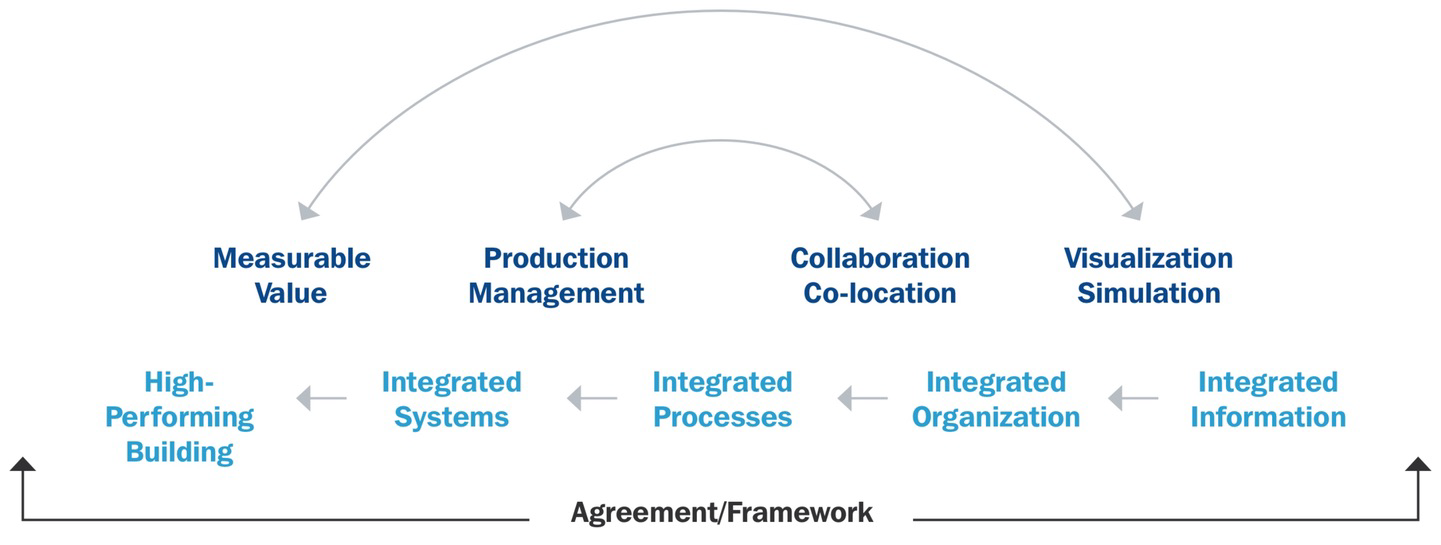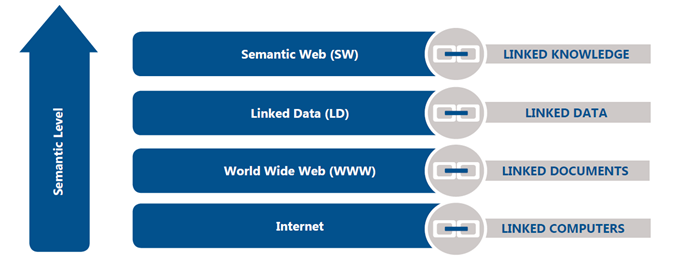The 'I' in BIM: from BIM to Linked Open Data

September 3, 2018, by Anouk van Otterlo
Providing information using BIM as the basis for asset management is seen as the best way to save costs during the management and maintenance phase. But applying BIM (Building Information Management) is easier said than done within management and maintenance. Have you ever experienced this? We certainly have.
It used to be that as a company, you could apply one business strategy for 40 years without making any changes. However, in today's rapidly changing digital society, that is no longer the case. You will have to change at least once approximately every 12 years if you want to keep up with the competition. Changing and adapting to the current time and society is a must, and BIM as the basis for asset management can play a significant role in this.
BIM models as a basis
In addition to saving costs, BIM can promote collaborations between stakeholders and bring about more efficient processes. However, the BIM models must be of good quality. In particular, the accuracy of the information linked to the assets is essential. But above all, the BIM model must sufficiently represent reality. When all asset information is transferred clearly and integrated accurately, the focus can be placed on the required performance of the assets. The generation of real-time insights becomes possible.

The challenge for now is that it is not yet precisely clear what information needs to be incorporated into the models and what the asset manager's needs are. When these needs are still unclear, a client often says, “Everything should be put in the model.” But do you really want to know everything? The result is substantial and unwieldy models in which every tiny detail has been modeled and in which the necessary information cannot be retrieved easily.
In the information to be provided, a distinction can be made between a graphical model, non-graphical information linked to the objects in the model and documents (as stated in the PAS-1192). Besides the PAS-1192, there are many other open standards. It is essential to study these to connect to all new developments in the market. In addition, you don’t always have to reinvent the wheel.

From BIM to Linked Open Data
There are different forms of open information structures and transfer structures. A client asks for so much information because they want to create a digital twin, or a dynamic digital representation of the actual real estate. With the help of a digital twin, the asset manager can monitor the assets better, while performing predictions and analysis, and ultimately saving costs and promoting more efficient processes.
Our own research shows that Linked Open Data is currently one of the most recommended structures to implement. This structure provides the ability to better define the information needed based on the demand and requirements. In addition, this information structure provides for the initiation of an object-based database. To establish a Linked Open Data structure, an ontology is used. This can be described as a digital dictionary, which captures all relevant entities, properties of objects and relationships between these entities and properties. Several ontologies already exist – for example, IfcOWL. These can be used as a starting point for implementing and connecting your own User Defined Ontology (UDO), based on the requirements of the asset manager.
An information structure based on Linked Open Data can be used to transfer, validate and use as-built information based on open standards, initiating an object-based structure. The use of Linked Open Data can improve the exchange of information between different management systems and gives an excellent possibility to create added value time-management processes in the future. The ontology or UDO can be used as the structure of a central database or “Common Data Environment” (CDE) in which all asset information is stored. In this way, a digital twin of real estate can be realized.
There are still plenty of opportunities to make efficiency improvements within your organization. Would you like more information or want to get started? Please contact Anouk van Otterlo at anouk@based.co.nl.
Tips from Based:
- Start by defining your own information needs. What information can you use for your daily business?
- Explore how this information is secured within your business to continue to be of value in the future.
- Define which issues about your buildings you can already solve in the near future.

